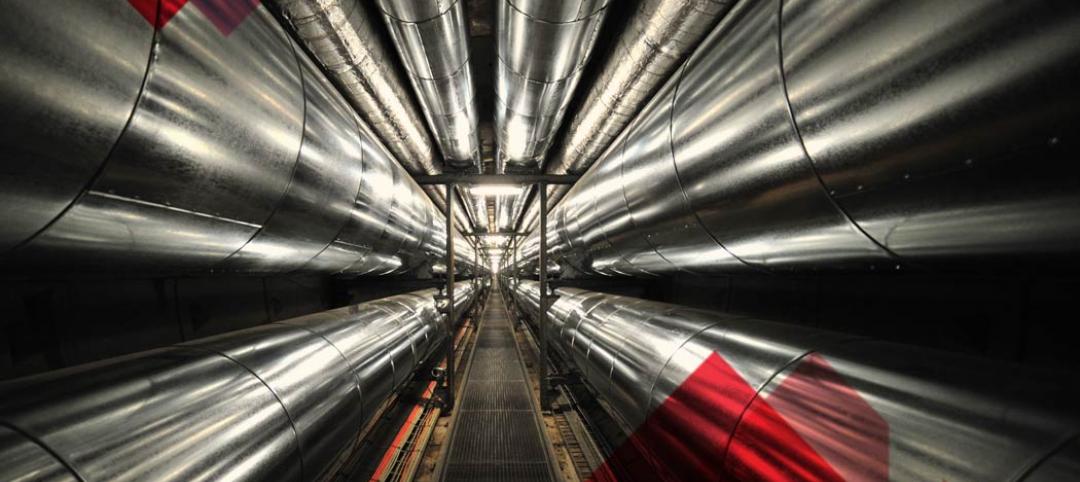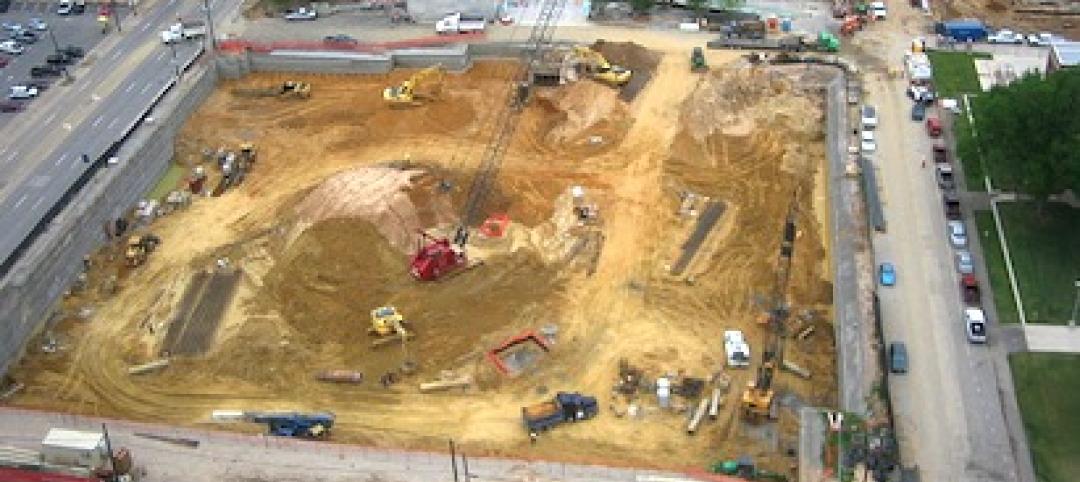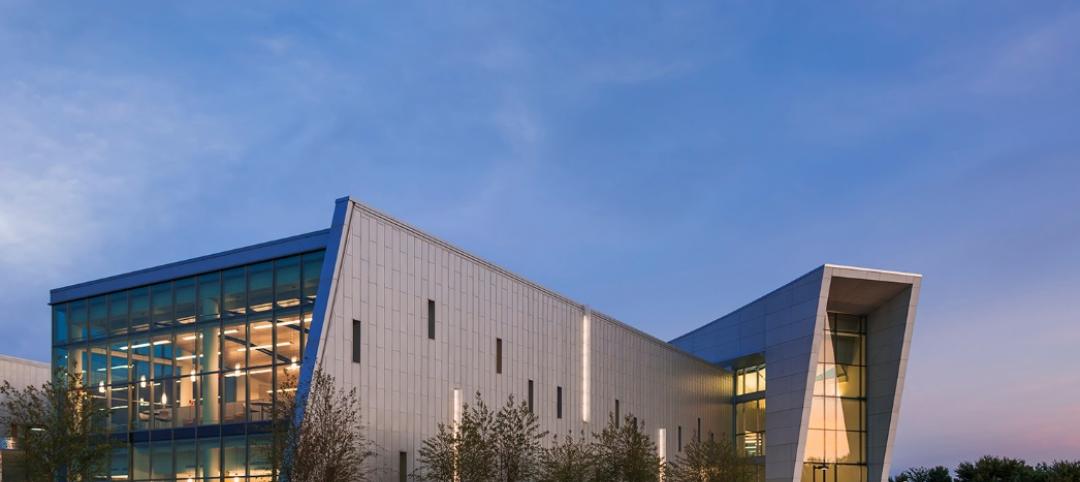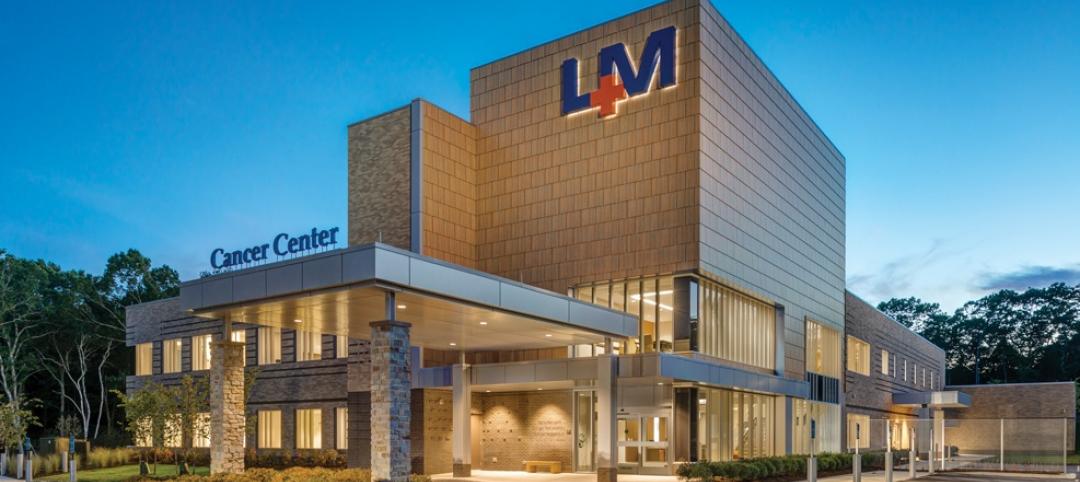Even with the myriad of obstacles preventing a full scale recovery for the overall U.S. economy, the design and construction industry appears to have reasons to be at least modestly optimistic in the coming months and into next year.
A sharp spike in demand for industrial facilities so far this year, along with sustained demand for hotels and retail projects factors into what projects to be a 4.4% rise in spending this year for nonresidential construction projects – up from a projection of a 2.1% increase in the January Consensus Forecast.
The American Institute of Architects (AIA) semi-annual Consensus Construction Forecast, a survey of the nation’s leading construction forecasters, also projects a 6.2% increase of spending in 2013.
“With companies looking to bring back manufacturing jobs from overseas, there has been a sharp rise in demand for industrial facilities, which is leading to an upward revision in projections for future construction spending,” said AIA Chief Economist, Kermit Baker, PhD, Hon. AIA. “Continued budget shortfalls at the state and local level, along with a depressed municipal bond market are holding the institutional market back from seeing similar upticks in spending.”
|
Market Segment Consensus Growth Forecasts |
2012 |
2013 |
|
Overall nonresidential |
4.4% |
6.20% |
|
Commercial / industrial |
5.7% |
10.20% |
|
Industrial |
12.9% |
8.10% |
|
Hotels |
9.5% |
18.20% |
|
Retail |
6.2% |
9.00% |
|
Office buildings |
4.7% |
8.70% |
|
Institutional |
0.7% |
3.00% |
|
Healthcare facilities |
4.0% |
7.50% |
|
Education |
0.3% |
1.10% |
|
Amusement / recreation |
0.1% |
2.30% |
|
Public safety |
0.0% |
0.10% |
|
Religious |
-5.0% |
3.00% |
Remarking on what risks exist that could undermine these projections, Baker added, “Federal tax and spending changes – the so-called fiscal cliff – that may come into play in early 2013 could upset the economic applecart and prove detrimental to recovery possibilities. We will likely have a better sense after the presidential election what will happen with regards to the Bush-era tax cuts, Social Security payroll tax, extended unemployment, and deficit reduction plans that will have a ripple effect that will extend to the construction industry.” +
Related Stories
| Jul 22, 2014
Herzog & de Meuron unveil curvy concrete condo in Manhattan
Herzog & de Meuron have released renderings of their new $250 million New York building, a 12-story condominium with 88 luxury apartments.
| Jul 21, 2014
Narrowing the field: Stirling Prize shortlist announced
The list includes first-time nominees Mecanoo and Renzo Piano Building Workshop, as well as previous winners Zaha Hadid Architects and Feilden Clegg Bradley Studios.
| Jul 21, 2014
Designing the process of leadership transition
Transition planning can be one of the more complex challenges that firms face. Effective plans begin by determining the gap between a firm’s current state and the future it envisions for itself. SPONSORED CONTENT
| Jul 21, 2014
16 utility questions to answer during your building project
We need electricity to power our building projects, along with water and gas and a faultless sanitation system. That’s what we think about when we think about utility requirements for our building project, but are we missing something? SPONSORED CONTENT
| Jul 21, 2014
Commercial real estate development growing at strongest pace since recovery began: NAIOP report
Industrial, warehousing, office, and retail sectors see strong gains; Texas leads the nation in construction-value stats.
| Jul 21, 2014
Economists ponder uneven recovery, weigh benefits of big infrastructure [2014 Giants 300 Report]
According to expert forecasters, multifamily projects, the Panama Canal expansion, and the petroleum industry’s “shale gale” could be saving graces for commercial AEC firms seeking growth opportunities in an economy that’s provided its share of recent disappointments.
| Jul 21, 2014
Workplace trends survey reveals generational patterns in office use
Data analysis from Mancini•Duffy indicates significant variations among age cohorts in the workplace.
| Jul 20, 2014
IPD contract saves time and money for cancer center [2014 Building Team Awards]
Partners share the risk and reward of extreme collaboration on this LEED Silver project, which relies heavily on Lean principles.
| Jul 20, 2014
Why every major U.S. city should be nurturing ‘Innovation Hubs’
Today, more than ever, tech districts are the key to economic growth for metro markets. A new report from the Brookings Institution calls tech hubs the superchargers of innovation economies and creators of highly coveted tech jobs.















